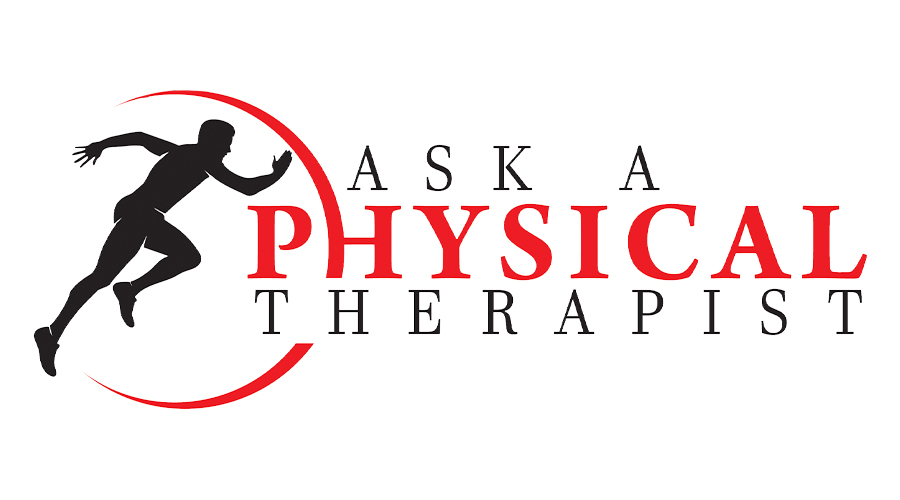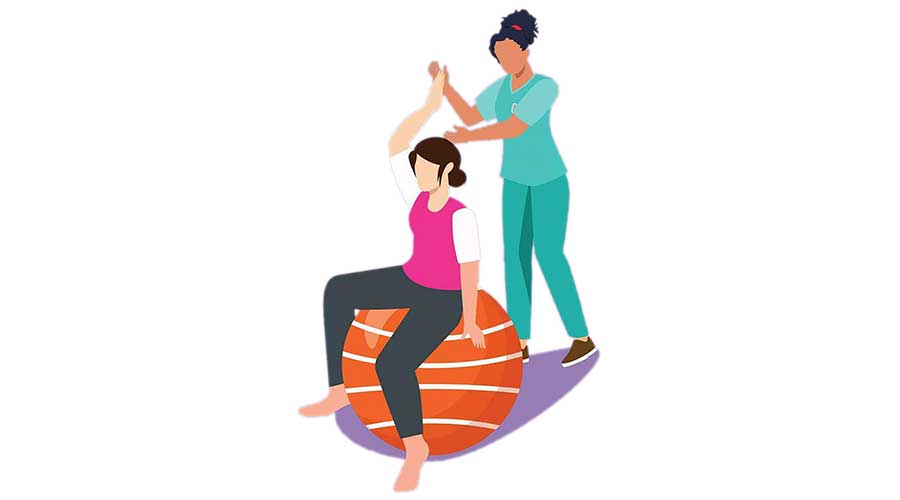ASK A PHYSICAL THERAPIST
- 20 Apr - 26 Apr, 2024

Q: My daughter is 12 years old and has scoliosis. Kindly describe the condition.
A: Scoliosis manifests as a lateral deviation of the spine, typically diagnosed during childhood or adolescence. While the measurement of scoliosis focuses on lateral deviation, rotational elements also contribute to the condition.
Indicators of scoliosis encompass lateral spine deviation, sideways posture, uneven shoulders, muscle pain, and potential pulmonary issues in progressive cases. Back pain may be present, necessitating a thorough confirmation of the diagnosis.
Three scoliosis types exist: Idiopathic, primarily diagnosed in adolescents; Congenital, present at birth due to spinal development issues; and Neuromuscular, linked to conditions like cerebral palsy or muscular dystrophy.
Diagnostic methods include physical examination, X-ray, MRI, or CT scans. Cobb's angle gauges scoliosis severity, while tests like Adam's forward bend and scoliometer discern structural or non-structural origins.
Treatment options include conservative (braces, physical therapy) and medical/surgical approaches. Mild cases in children may require monitoring, while severe cases may necessitate surgical procedures such as spinal fusion or rod placement. Physical therapists aid in strengthening, coordination, respiratory education, and planning exercise programs for patients.
Q: Doctor I am a 21 years old male and have severe pain near my heel. I am an athlete, Please help.
A: You need to have a proper diagnosis, although it seems that you a medical condition referred to as "Achilles Tendinopathy," a determination typically made by a physical therapist through a comprehensive clinical assessment, differentiating it from other potential conditions. This condition specifically targets the Achilles tendon, which is the tendon connected to the calf muscles. Achilles Tendinopathy is categorized as an overuse injury, with chronic stress accumulating on the tendon over time. The initial phase involves inflammation and edema, and if left unaddressed, it can progress to the development of adhesions and eventual degeneration. The severity of the condition may also involve the presence or absence of a tear in the Achilles Tendon, emphasizing the importance of addressing flexibility issues to mitigate the risk of injury.
A notable symptom associated with Achilles Tendinopathy is morning pain, a prevalent experience wherein discomfort is felt not only within the tendon itself but also in the adjacent areas closely surrounding it. This manifestation underscores the need for a comprehensive approach to managing the condition, taking into account factors such as flexibility and addressing potential inflammation, edema, and adhesions. Through the expertise of a physical therapist and a thorough clinical evaluation, a tailored treatment plan can be devised to alleviate symptoms and promote the overall health and resilience of the Achilles tendon.

Q: I am a 31 years old female and cannot move my wrist in upward direction properly, I got an injection recently. Kindly guide.
A: The condition is known as “Wrist Drop”, which is caused by damage to the Radial nerve. The nerve supplies the muscles that are responsible for moving the elbow, wrist and fingers in extension. It also controls sensations of the arm, damage to the nerve can cause paralysis of the muscles, there can be weakness, numbness and sensory issues. A physical therapist conducts a detailed neurological examination for assessment of the condition, utilizes stimulatory modalities (for facilitation) and plans exercises for rehabilitation.
Q: I have pain in my tailbone and it is difficult for me to sit. Please guide.
A: Coccydynia is a condition in which patient experiences tailbone pain. The pain is most commonly triggered in a sitting position, but may also occur when the individual changes from a sitting to standing position. Most cases will resolve within a few weeks to months, however for some patients the pain can become chronic, having negative impacts on quality of life. Although primarily a clinical diagnosis, dynamic radiographs can be used in diagnosis. Radiographs are usually taken if the pain persists for a duration that is greater than 8 weeks.
The initial goal of treatment should is focused on providing postural education. Individuals are taught to correct their sitting posture by sitting more erectly on a firm chair. A proper sitting posture ensures weight is taken off the coccyx and is instead loaded onto the ischial tuberosities and the thighs. Patients should be advised to avoid any positions or movements that might exacerbate their symptoms.
Physiotherapists may also recommend the use of cushions. Modified wedge-shaped cushions (coccygeal cushions), which can be purchased over the counter, help to relieve the pressure placed on the coccyx during sitting. Donut shaped or circular cushions may also be used. Donut shaped cushions may actually increase pressure over the coccyx, but are more beneficial for rectal pain. The use of cushions can be recommended over a 6-8 week period. Techniques like massage, stretching, mobilization, manipulation and modalities can also be used by a PT.
COMMENTS